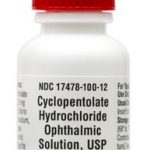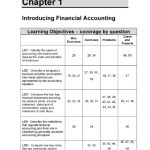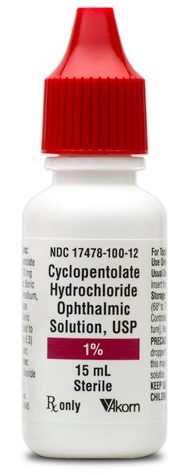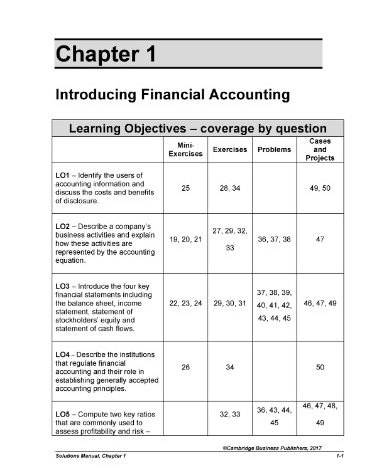In statistics, a confounder is a variable that influences each the dependent variable and impartial variable, causing a spurious affiliation. Confounding is a causal concept, and as such, can’t be described in terms of correlations or associations. For instance, you might find a trigger-and-effect relationship that does not actually exist, as a result of the effect you measure is caused by the confounding variable .
- We introduced a simple method of controlling for confounds on the stage of machine learning predictions themselves.
- In this example, a confounding variable is taken into account one that isn’t only related to the unbiased variable, however is causing it.
- We fitted a ridge regression model carried out within the glmnet package (Friedman et al. 2010) in the coaching set to foretell FI using the regional mind volumetric information.
The criterion for a correct choice of variables is known as the Back-Door and requires that the chosen set Z “blocks” every path from X to Y that ends with an arrow into X. Such sets are known as “Back-Door admissible” and should include variables which are not widespread causes of X and Y, but merely proxies thereof. Control variables explained A management variable is something that is held fixed in a examine to forestall it from interfering with the outcomes. Independent and dependent variables In scientific research, the unbiased variable is the reason for a change in or impact on the dependent variable. In this methodology, you restrict your treatment group by only together with subjects with the same values of potential confounding elements.
What Else Could Be Done About Confounding Variables?
Smoking, drinking alcohol, and food plan are way of life actions which might be associated. A risk evaluation that looks on the effects of smoking however does not control for alcohol consumption or diet could overestimate the danger of smoking. Smoking and confounding are reviewed in occupational risk assessments corresponding to the security of coal mining. When there is not a large pattern inhabitants of non-people who smoke or non-drinkers in a selected occupation, the chance evaluation may be biased in the direction of discovering a adverse effect on well being. In restriction, you limit your sample by only including certain topics that have the identical values of potential confounding variables. To ensure the internal validity of your analysis, you should contemplate the impact of confounding variables.
Confounding variables are associated with the disease of interest and with different publicity variables which might be associated with the disease and aren’t part of the causal pathway (Fig. 1.2). Technically, confounding isn’t a real bias, as a result of bias is often a result of errors in knowledge assortment or measurement. However, one definition of bias is “…the tendency of a statistic to overestimate or underestimate a parameter”, so on this sense, confounding is a sort of bias. Factorial Design”. Design and Analysis of Experiments (fifth ed.). Wiley. pp. 287–302. This textbook has an summary of confounding elements and tips on how to account for them in design of experiments. An operational confounding can happen in each experimental and non-experimental analysis designs. This type of confounding occurs when a measure designed to evaluate a specific assemble inadvertently measures one thing else as well.









More Stories
Cyclopentolate Ophthalmic
Which Of The Following Is An Indication That A Product Price System Is Not Working Correctly?
Change Your Subscription From Apple